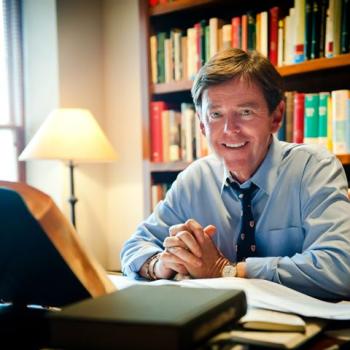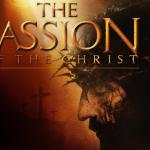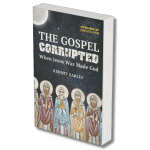World War I–The Great War, as it was called at the time–is remarkable in military history for its massive scope and loss of life, with more than nine million combatants killed. But its role in religious history is less appreciated, and an array of books coinciding with the July centennial could change that. “World War I studies have not highlighted the role religion played,” says Roger Freet executive editor at HarperOne, publisher of The Great and Holy War: How World War I Became a Religious Crusade by Philip Jenkins (Apr.). “It is an unexplored part of what led up to the war, motivated the war, and sustained it on all sides,” says Freet. “World War I reshaped and remapped the major religious traditions.”
That is especially true of Christianity, Judaism, and Islam, the triple focus of Jenkins’ well-received book. The Baylor University history professor (The Next Christendom) argues that the fighting powers–especially the predominantly Christian nations–viewed the conflict as a holy war and a crusade, even using apocalyptic images from the Book of Revelation–seven-headed beasts, dragons–to depict the enemies. That set the stage for Nazism, which held that Aryans were created a superior race by God, as well as for America’s Cold War against “godless Communism” in later decades; both were framed in terms of one side being favored by God. The Great War, Jenkins writes, shaped how religions and global powers view each other today, such as in attitudes toward statehood for Israel and in how some Islamic cultures define themselves against other cultures. The book is HarperOne’s first on religion and war, Freet says, and a rare examination of war through a religious, though critical, lens. “We are still living in the shadow of World War I,” he says.
Read the rest here















